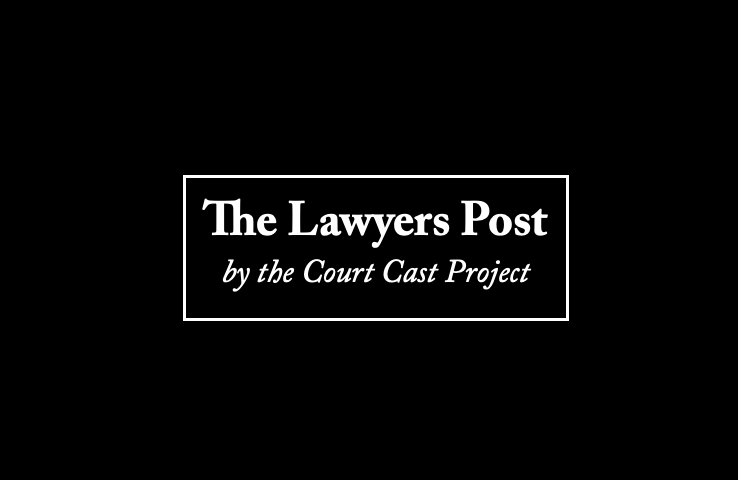In a ruling that cuts through years of procedural clutter, the Supreme Court declared that project developers don’t need to splash the entire text of an Environmental Clearance across a local newspaper. A concise notice—stating that the clearance has been granted, along with the key conditions and safeguards—is all the law demands.
A bench led by Justices PS Narasimha and Atul S Chandurkar delivered this view while untangling a dispute from Gujarat’s Talli and Bambor villages, where a limestone mining project covering over 193 hectares had stirred objections. The local panchayat had challenged the clearance before the National Green Tribunal, insisting they only learned of it weeks later through an RTI response.
But the Tribunal found their appeal hopelessly late, far beyond the outer limit of 60 days. Unwilling to accept that timeline, the panchayat took the fight to the Supreme Court, arguing that the countdown should begin from the date they personally received information—not from when the clearance was granted.
The Court was unmoved. Reviving an earlier NGT precedent, it reaffirmed that the law does not insist on publishing the full Environmental Clearance document in newspapers. The key is public availability, whether through a notice, an online posting by the Ministry, or communication by an authorised official. Once it enters the public domain through any of these channels, the limitation clock starts ticking.
With that, the Supreme Court upheld the Tribunal’s approach and made clear that the legal duty is about transparency—not printing pages of bureaucratic text in broadsheets.





